Enzyme Cleaner 101: Know how to get Rid of Pesky Pet Stains and Odor

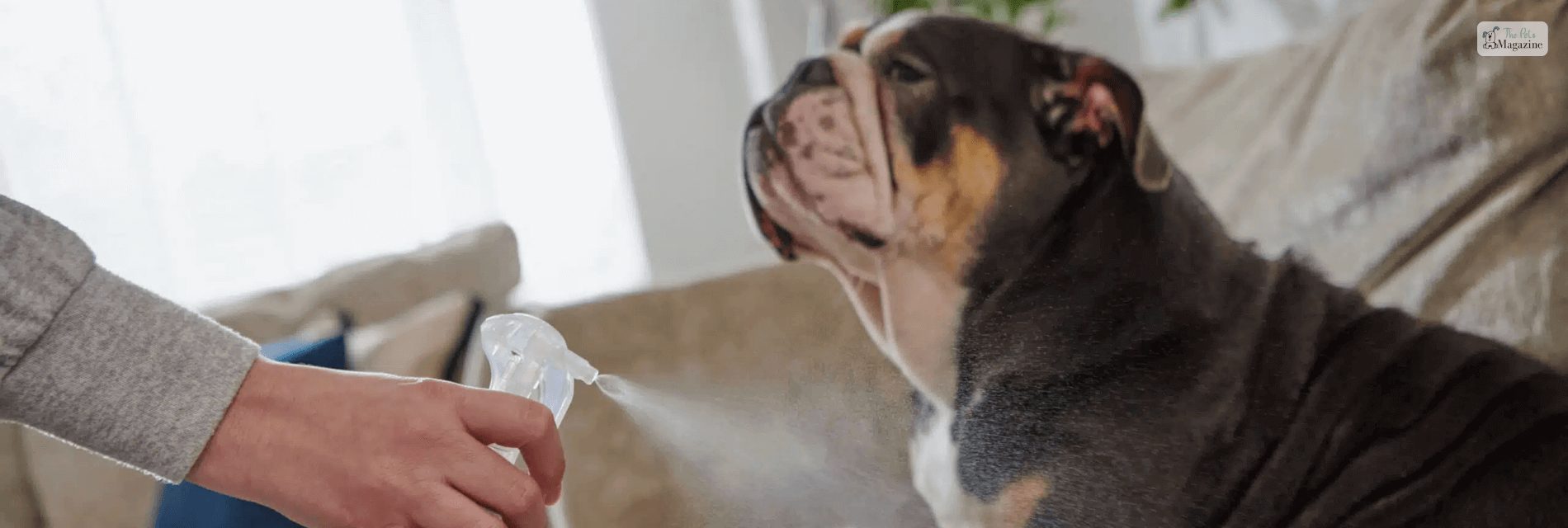
As much as we love our furry friends, the odors and stains they leave behind are no fun to deal with. Commercial cleaners with harsh chemicals only mask the smell temporarily and can be toxic. Enzyme cleaners, on the other hand, are nature’s solution for eliminating pet stains and odors for good.
Enzymes are proteins found in all living things, including bacteria, that break down organic matter. Enzyme cleaners harness the power of enzymes and bacteria to destroy the proteins that cause pet odors at their source. In this ultimate guide, you’ll learn everything you need to know about how enzyme cleaners work and how to use them to get your home smelling fresh and clean again.
What is an Enzyme Cleaner?
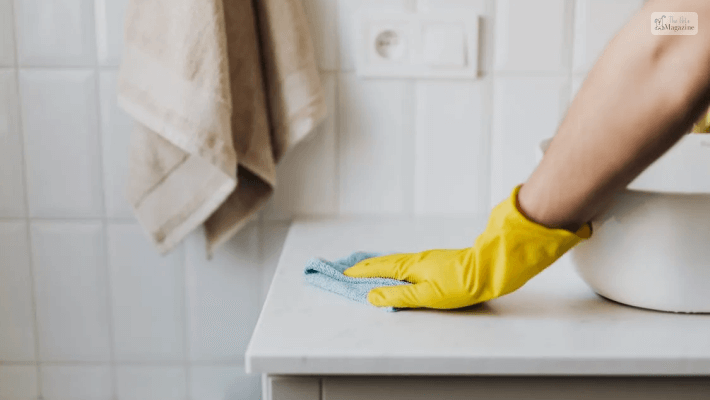
Enzyme cleaners contain natural enzymes, which are specialized proteins that break down organic waste like urine, feces, and vomit. They speed up chemical reactions without changing or destroying themselves. The enzymes in cleaners target specific pet waste proteins and break them down into amino acids and other basic compounds, eliminating odors. They also chemically change the waste into simple compounds, eliminating odors at the source.
The enzymes continue working as long as there are waste proteins left to break down and the area remains damp. Once the waste is broken down, the odors disappear. Enzyme cleaners are very effective at eliminating even old, set-in odors that other cleaners can’t touch.
How to use Enzyme Cleaners
Once you get a pet enzyme cleaner, which is available at any pet store or even online, it’s important to use it properly for the best results. Here are some tips for effective use:
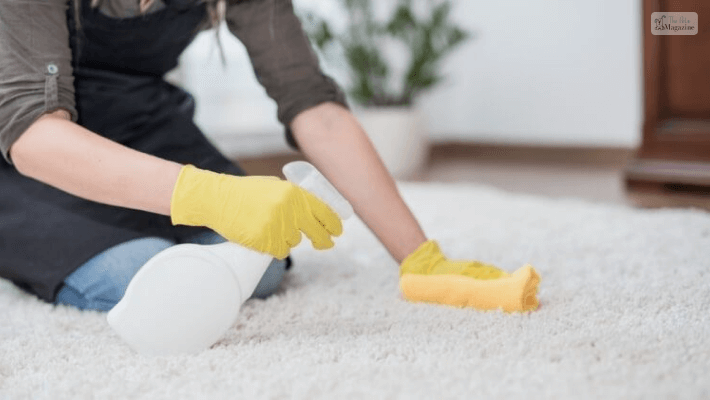
Activate the Cleaner
Mix the enzyme cleaner for cat urine with warm water as directed on the product label. The water activates the enzymatic formula, allowing the natural enzymes and bacteria to start breaking down stains and odors.
Apply Generously and Let Sit
Pour or spray the solution onto the soiled area, making sure to saturate the stain and the area surrounding it. The more cleaner you apply, the better it will work. Let the cleaner soak in for at least 24 hours or as directed. This gives the enzymes and bacteria adequate time to fully eliminate the stain and odor at the source.
Blot and Repeat
After 24 hours, blot with an absorbent cloth or sponge to lift away excess moisture and residue from the area. Reapply the cleaner and continue blotting regularly over the next few days until the stain and odor have been removed. For tough stains and odors, you may need to reapply a few times.
Consider the Carpet and Pads
If the mess is soaked into the carpet padding or subfloor, apply the dog enzyme cleaner there as well. You may need to pull up the edges of the carpet or cut holes to gain access. Once the cleaner has soaked in, seal the area back up. The cleaner will continue working even without oxygen.
You need to bear in mind that removal of severe or long-set stains and odors can take repeated applications of enzyme cleaners over days or even weeks. While natural, enzyme cleaners work more slowly than chemical alternatives.
Be patient through the process and avoid the temptation to switch to harsh chemicals, which can damage the carpet or set the stain permanently. With time and persistence, the enzyme cleaner for urine will thoroughly eliminate the stain and odor.
Here are some additional tips for using cat urine enzyme cleaner effectively:
Act fast:
The quicker you can treat the area, the more successful you’ll be at removing all traces of the accident. Enzyme cleaners work best when the waste is still fresh. If possible, blot up as much of the solid or liquid waste as you can before applying the enzyme cleaner.
Soak the area:
Don’t just spray the cleaner on the surface. Really soak the area by pouring it on, especially along edges and seams where odors can cling. Let it sit for at least 5 minutes so the enzymes have time to fully break down the waste. You may need to reapply to effectively penetrate all layers of carpeting or upholstery.
Blot with water:
Once you’ve let the enzyme cleaner sit, blot the area with water to lift away any remaining waste and cleaner residue. Repeat with water until there are no suds. Let the area air dry completely. This step is important to remove everything that could continue to smell if left behind.
Benefits of Enzyme Cleaners
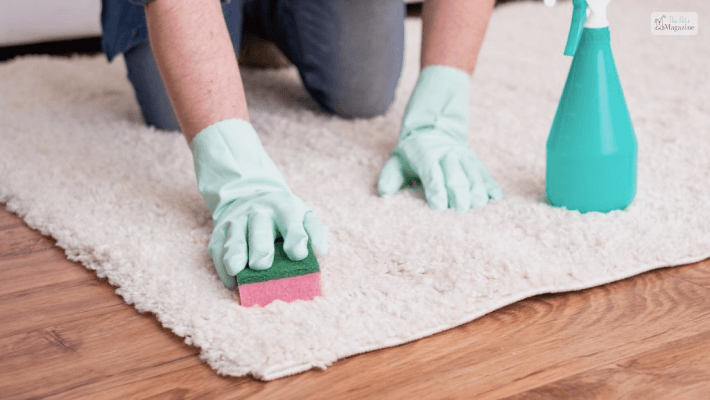
Enzyme cleaners are nature’s secret weapon for eliminating pet stains and odors. These non-toxic cleaners contain natural enzymes and bacteria that break down pet urine and feces, eliminating the smell at its source. Here are some of the benefits of using enzyme cleaners instead of regular detergents to clean stains and messes caused by our fur babies.
They destroy odors permanently
Enzymes break down the organic matter in urine and feces, including the odor-causing bacteria. Regular detergents just mask odors temporarily.
Enzyme Cleaners tackle tough stains.
Enzymes penetrate deep into surfaces to lift even set-in stains from carpets, floors, furniture, and bedding. Your pet’s accidents don’t stand a chance!
They are Environment friendly and safe
Enzyme cleaners are made using non-toxic, organic ingredients that are safe for us, our pets, and the planet. No harsh chemicals are used to prepare Enzyme Cleaners, hence there are no side effects. In addition, Enzyme-based cleaning solutions are also non-corrosive and does not generate any harmful by-product.
Enzyme Cleaners help save you time and money
By thoroughly eliminating odors and stains the first time, enzyme cleaners prevent repeat accidents in the same area. Fewer accidents mean lower cleaning costs and less wasted time. Moreover, since Enzyme Cleaners can get rid of the stains and odors caused due to pet messes, you won’t have to spend any money on replacing stained and foul-smelling furniture covers, bedding, or cushion covers.
They’re easy to use.
Most enzyme cleaners can be used right out of the bottle. Simply apply to the soiled area, let sit, and blot with a clean cloth. For tough stains, you may need to scrub a bit.
Limitations of Using Enzyme Cleaners
However, there are also some limitations to using Enzyme cleaners. You should also be aware of these drawbacks of Enzyme Cleaner before using them.
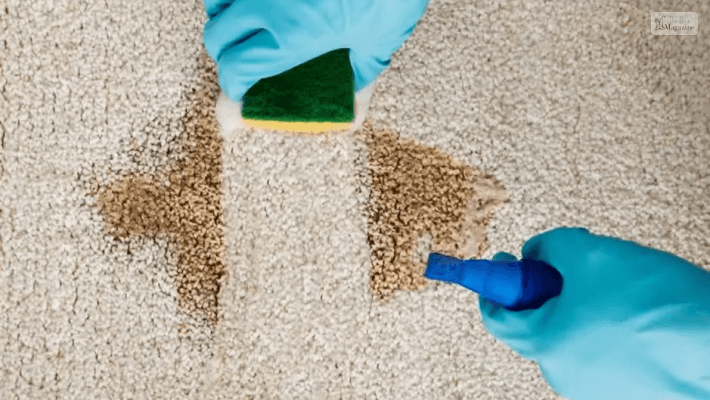
Drying time and repeat treatments
Enzyme cleaners can take 24-48 hours to fully break down waste and odors. The area needs to remain damp during this time, so you’ll have to restrict access. For tough stains or smells, multiple treatments may be required over weeks or months to fully eliminate the problem.
Ineffectiveness on certain surfaces
Enzyme cleaners may not work well on all surfaces. Leather, suede, and silk can be damaged by moisture. The enzymes also need porous, absorbent material to soak into, so they may not penetrate non-porous surfaces like tile, linoleum, or sealed wood. For these areas, you may need to use a deodorizer after cleaning to eliminate any remaining odors.
Inability to remove viruses
While enzymes can break down urine, feces, and vomit, they cannot eliminate any viruses that may be present. So be very careful when cleaning up waste from unknown sources or from animals with illnesses. Always wear gloves and wash hands thoroughly after handling anything soiled with bodily fluids.
When using enzyme cleaners, you need to understand that they may not solve every stain or odor problem in one treatment. However, when used properly and consistently, they can be highly effective at eliminating even the toughest pet stains and smells in an all-natural way. With the proper precautions taken, enzyme cleaners can be a pet owner’s best solution for cleanliness and odor control.
DIY Homemade Enzyme Cleaner Recipes for Pet Stains and Odors
Enzyme cleaners are great when it comes to removing stains and odor caused due to your cat urinating where it shouldn’t have or your dog vomiting on the carpet. But it can also be quite pricey. But not to worry, you can still get rid of those pesky odors and stains with the help of a homemade Enzyme Cleaner that you can make using ingredients found at home. Here are three easy DIY Enzyme Cleaner Recipes –
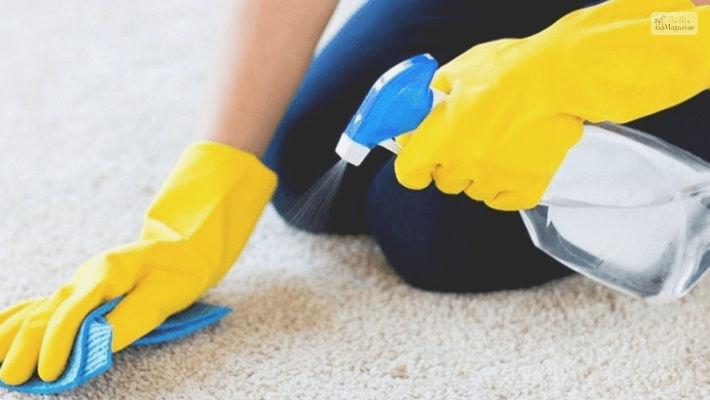
Enzyme Cleaner made using White Vinegar
White vinegar is one ingredient that we all have at home and which can be used to remove the stains and odor caused due to cat or dog vomit, feces, or urine. This is because white vinegar is very acidic in nature and can effectively break through grease, dirt, grime, and stubborn pet stains. It is also quite good at getting rid of unwanted odor. There are three DIY cleaners that you can make at home using white vinegar. These are as follows:
White Vinegar and Water Cleaning Solution:
To prepare this cleaning solution, you only need white vinegar and water. Mix 3 parts white vinegar with one part water in a spray bottle and shake well. After spraying the stained area using this solution, cover the area with a clean cloth and allow it to sit overnight. Spray again if required and vacuum when the area is dry.
White Vinegar, Water, and essential oils:
White Vinegar is enough to get rid of bad odor caused due to messes caused by our fur babies. But if you want some added freshness, then you can mix 12-24 drops of any essential oil of your choice such as lavender oil, peppermint oil, or Eucalyptus essential oil with the water and vinegar solution mentioned above. You can use this solution in the same way as the basic water and vinegar solution. However, some essential oils can be toxic for our pets so if you use essential oils in your cleaning solution then keep your pet away from that area.
White Vinegar and Baking Soda Solution:
You can also use baking soda, which is also an easily available household item with water and vinegar solution to remove stains that are more stubborn than normal pee or vomit spots. Mix equal parts white Vinegar with warm water in a spray bottle and spray on the affected area. Then use a paper towel to soak up any excess cleaning solution.
Once the stained area is damp, sprinkle some baking soda on the stain, cover the same, and let it sit for at least 3 hours or more. The acid in vinegar activates the baking soda and helps release carbon dioxide bubbles. The carbon dioxide bubbles remove stains and dirt by dissolving and breaking down stain molecules. In addition, baking soda is also quite effective at removing bad odor caused by cat urine and other messes.
Orange, sugar & yeast Cleaning solution
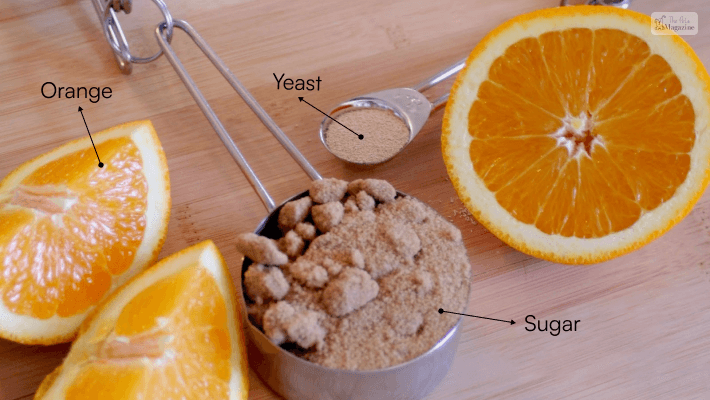
If you prefer a cleaning solution that has a fresh, citrus smell, then you can consider preparing a cleaning using orange peel and sugar. To make this solution, you will need orange peels or rinds, brown sugar, warm water, and yeast. Use fresh orange peels or rinds as they contain a large amount of citrus oil which will help remove stains. The oil also has a pleasant aroma which will help in masking the bad odor. Now follow the steps below to make the solution:
Step 1: Wash the rinds thoroughly and scrub them to remove any traces of vegetable dirt.
Step 2: Use a towel to pat dry the peels and rinds and then chop them into small cubes.
Step 3: In a large bottle with a wide mouth, add the chopped orange peels and rinds.
Step 4: Finally add about half a cup of sugar, 1 teaspoon of yeast, and four and a half cups of lukewarm water.
Step 5: Screw the cap back on and shake the bottle well so that all the ingredients mix well with each other. Alternatively, you can use a blender to make sure that all the ingredients are blended well and the solution has an even consistency.
Step 6: Store the bottle in a warm place for a month or so to allow the peels and yeast to ferment. However, make sure to keep the bottle in a place that does not get direct sunlight. Also don’t forget to unscrew the bottle cap and let out the excess gas buildup. For the first few weeks, you need to vent the bottle 2-3 times a day. After that you can let out the gas every other day.
You can also other citrus fruits aside from orange such as lemon, clementine, grapefruit, yuzu, and tangerine to prepare this cleaning solution.
Final Thoughts
Now that you know about Enzyme Cleaners, stop struggling with harsh chemicals that don’t work and can damage your home and the environment. Turn to nature’s solution and experience the power of enzymes. Your home will be fresh and clean in no time, and you and your pets can get back to enjoying your space together without worrying about lingering odors and stubborn stains on furniture and carpets. The next time Miss Fluffy has an accident or Buddy upchucks his kibble, don’t panic! Just grab your enzyme cleaner, follow the directions to remove the stain and your furniture and carpet will be back to it as it was before!
Let us know your thoughts on Enzyme Cleaners! Also if you have used enzyme cleaners before, then do not forget to tell us about your experience with the product!
You May Also Like:









Leave A Comment